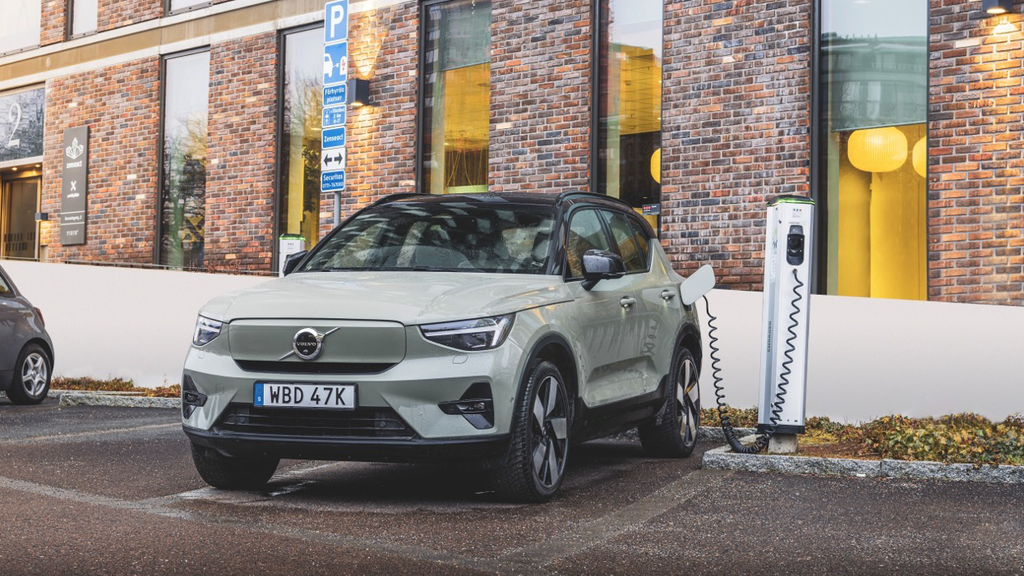Results show great potential for balancing power grid with electric car batteries
Using electric cars to contribute to balancing services for the power grid can be a positive venture for both car owners and charging operators, while simultaneously strengthening the power grid. These are the preliminary findings from the PEPP project, which will test the technology in two upcoming pilots in Gothenburg.

The electrification of the transport sector is well underway, and the electricity market is evolving in various ways, including an increasing number of installations of solar panels and batteries. This development imposes new challenges for the power grid – not only to handle rapid and significant changes in energy peaks and shortages but also to withstand stress on the crucial grid frequency.
Within the PEPP project, 14 parties are collaborating to investigate whether and how electric cars can be used as energy storage using so-called V2G (vehicle to grid) technology to help balance the power grids. In two upcoming tests, this will be explored by utilizing parked cars at Lindholmen and at Volvo Cars in Gothenburg. However, preliminary results already indicate that it can be a lucrative opportunity for individuals, companies, and grid owners to allow electric car batteries to contribute to the power grid.
"There is a very large potential for flexibility solutions in the electric cars of the future. A significant portion of that potential can be obtained through smart charging management, but with V2G, the potential increases further. However, it requires solid business models, and it may be challenging for individuals without their own charging station to participate," says David Steen, a researcher at Chalmers, who has been involved in the study.
David's research team has built a simulation model that allows for an examination of the potential earnings from participating in various energy markets and controlling charging to assist with frequency balancing, known as regulation services. Based on the current compensation levels for contributing to this, it is evident that it can be beneficial for individuals to connect their electric cars, while power grid operators receive assistance in their work.
"In a scenario where the owner uses their car as an energy storage to both sell electricity and contribute to frequency balancing, we see that it can be very economically favorable. But it also depends on the type of frequency balancing one contributes to and how the compensation levels will look in the future," says David Steen.
The solution being tested and studied within PEPP raises several questions not only related to personal participation. For instance, the project will examine the role of parking companies and other owners of charging infrastructure and the potential business models. Battery wear and tear are also scrutinized, and connected to this, they can conclude that the cyclical aging of batteries is affected by V2G solutions, but the overall aging of the batteries may still decrease compared to charging the battery directly after each trip.
The preparatory work is now continuing within the project to initiate tests in the real environment in Gothenburg, and the project partners expect to draw new conclusions about how the technology can be used and optimized during the fourth quarter of this year.
The project is funded by the Swedish Energy Agency's FFI (Strategic Vehicle Research and Innovation) program Zero Emissions and the Regional Development of Region Västra Götaland and is part of the Gothenburg Green City Zone – an actor-driven collaborative initiative for an emission-free transportation system by 2030.
More about PEPP
The project, V2G and David Steen's results has been discussed in a filmed event and in a podcast, that you can find here (in Swedish)

